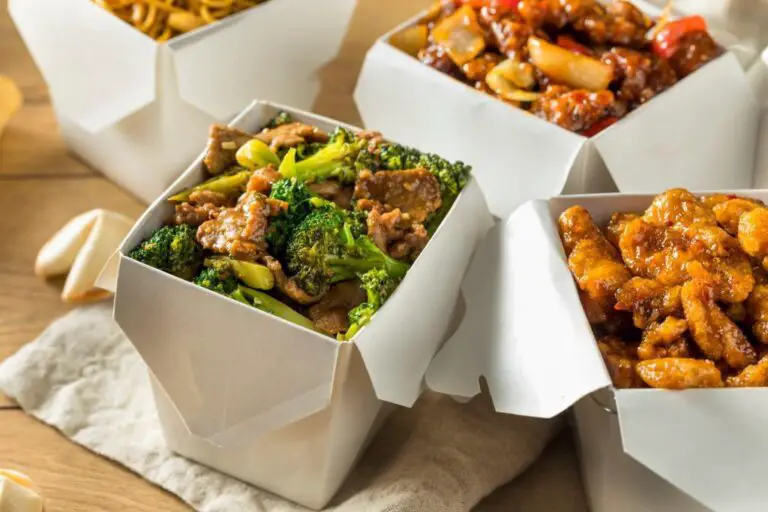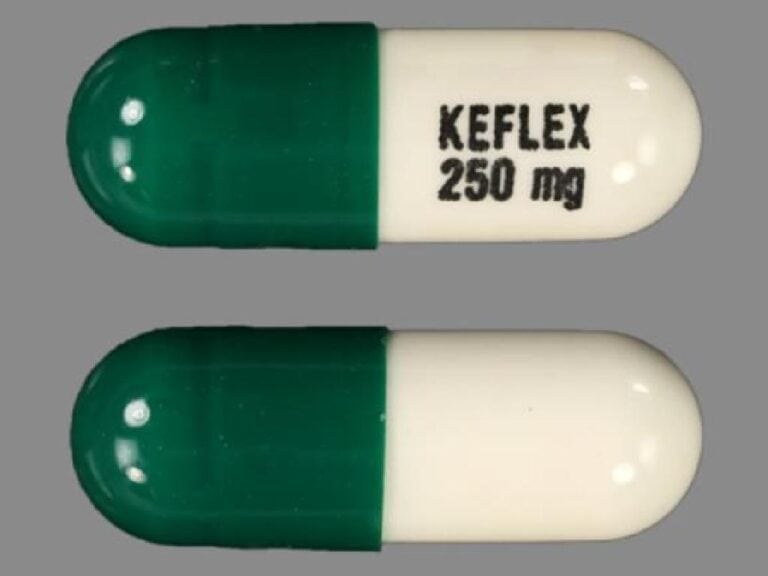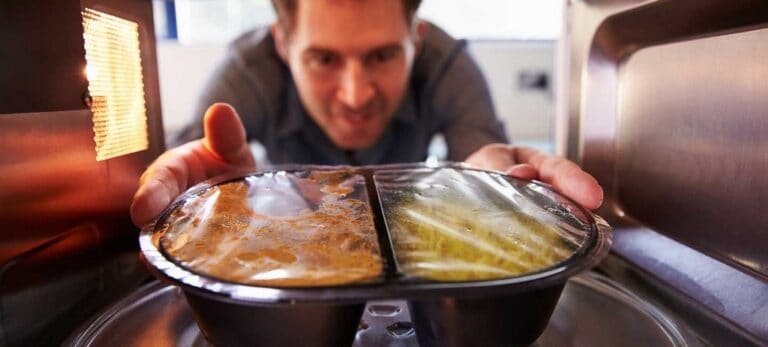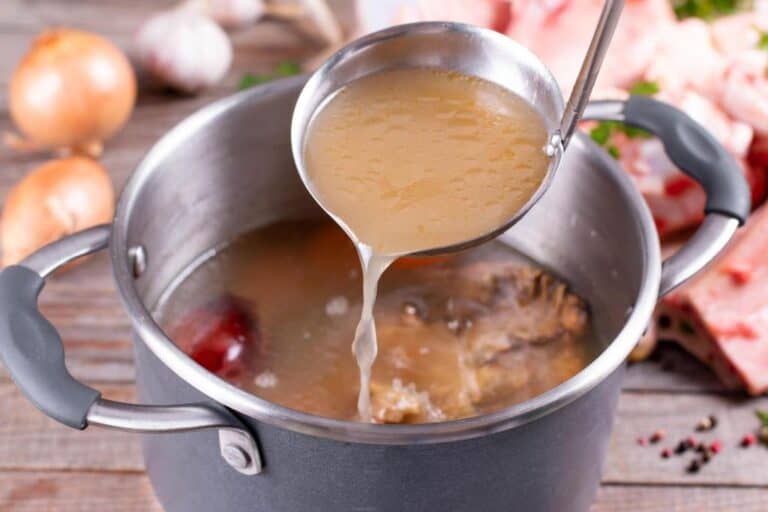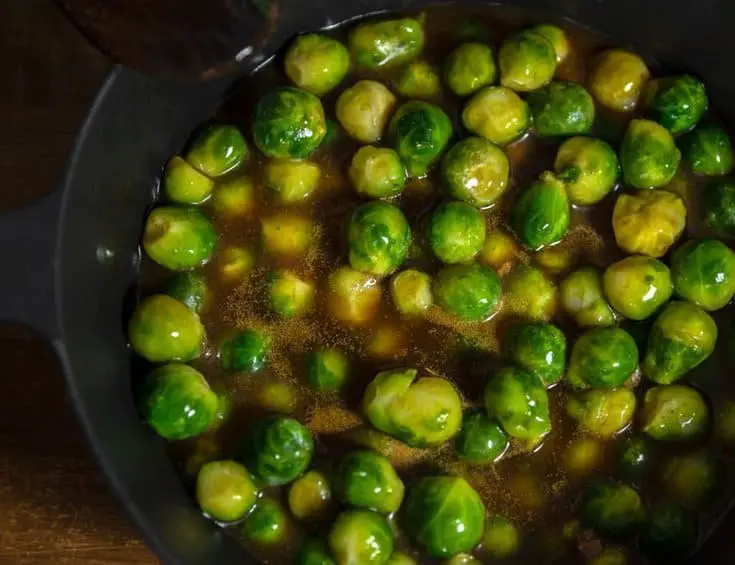Can You Reheat Quinoa Twice? Is It Still Safe to Eat?
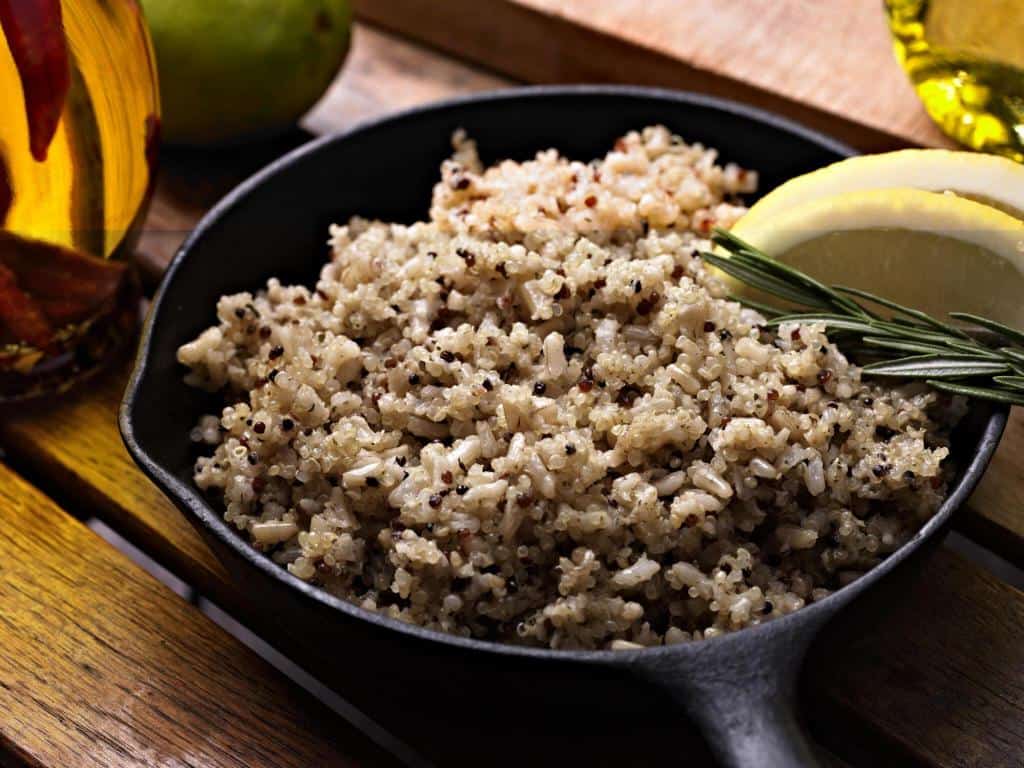
Quinoa has swiftly gained popularity as a nutritious alternative to grains in recent years, winning over health-conscious individuals looking for a versatile addition to their diets. Whether it’s enjoyed as a side dish, tossed into salads, or used as the main ingredient in creative recipes, quinoa offers numerous benefits, such as high protein content and essential nutrients.
However, despite its many advantages, questions often arise when it comes to reheating leftover quinoa. Is it still safe? Can you reheat quinoa more than once without compromising its nutritional value?
In this article, we delve into the topic of reheating quinoa multiple times and explore whether it remains suitable for consumption while maintaining its original qualities.
So sit back, relax, and prepare to discover everything there is to know about reheating that grainy goodness—because ain’t nobody got time for bland or unsafe meals! Let’s dive right into unraveling these culinary conundrums together!
Can You Reheat Quinoa Twice? Is It Still Safe to Eat?
Reheating quinoa twice may not be the best idea, as it may increase the risk of bacterial growth and foodborne illnesses. Each time quinoa is reheated, it goes through a cycle of heating and cooling, creating an environment conducive to bacterial multiplication.
Bacteria, such as Salmonella and E. coli, thrive in the temperature danger zone of 40°F to 140°F (4°C to 60°C), and multiple reheating cycles may provide ample opportunity for their growth. It is best to reheat only the portion you intend to immediately consume and make sure it is piping hot. If you don’t consume reheated food immediately, avoid handling it and return it to the fridge within two hours.
The Nutritional Powerhouse of Quinoa
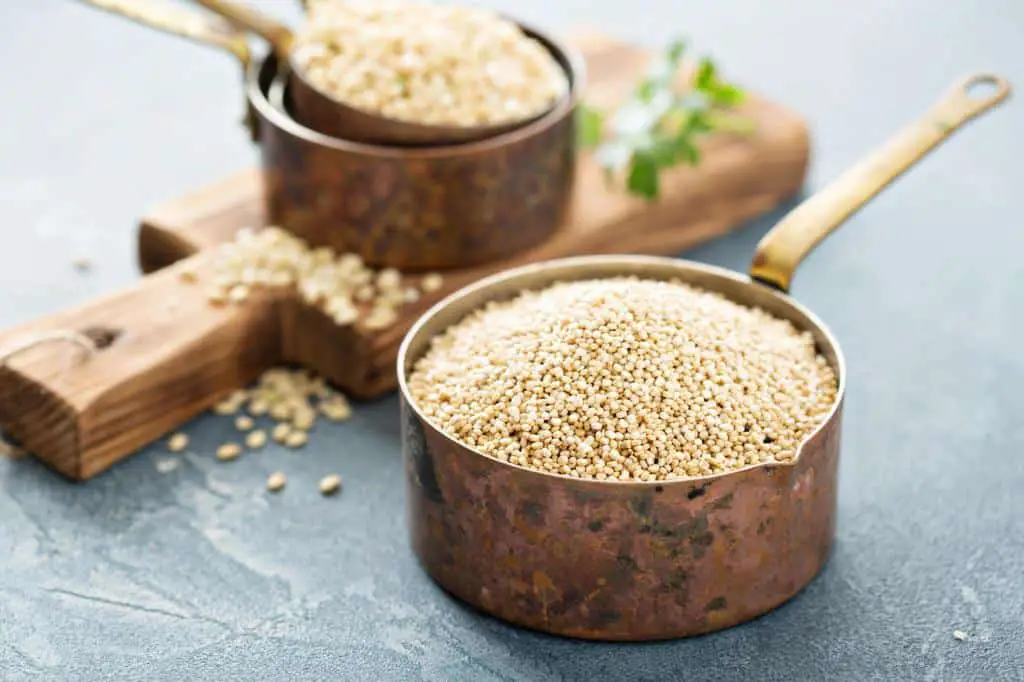
Quinoa, often hailed as a superfood, packs a nutritional punch that can benefit your overall health and wellbeing. This ancient grain is not only delicious, but also rich in essential nutrients. It contains all nine essential amino acids, making it a complete protein source—perfect for vegetarians and vegans looking to meet their protein needs. Additionally, quinoa is an excellent source of dietary fiber, which aids digestion and helps maintain healthy cholesterol levels.
One cup of cooked quinoa provides around 8 grams of protein and 5 grams of fiber. That’s not all—quinoa is also packed with vitamins such as folate, vitamin B6, thiamin (B1), riboflavin (B2), and minerals like magnesium, phosphorus, potassium, zinc, copper, and iron.
Understanding Food Safety Guidelines for Reheating Leftovers
It is very important to always think about food safety when reheating leftovers. Properly handling and storing cooked food is crucial to preventing the growth of harmful bacteria. To ensure that your quinoa is safe to eat, follow these essential guidelines:
First and foremost, remember the golden rule of refrigeration: keep hot foods hot and cold foods cold. When you’re finished cooking quinoa or any other meal, allow it to cool down within two hours before placing it in the refrigerator. This will help prevent bacterial growth.
When storing leftover quinoa, make sure to transfer it into an airtight container or wrap it tightly with plastic wrap. The goal here is to create a barrier that prevents air exposure, which can promote bacterial growth.
It’s also important to note that bacteria such as Salmonella and E. coli thrive at temperatures between 40°F (4°C) and 140°F (60°C). Therefore, when reheating quinoa or any other leftovers, ensure they reach an internal temperature of 165°F (74°C) throughout.
Assessing if It’s Safe to Reheat Quinoa Twice
When it comes to reheating leftovers, many people wonder if it’s safe to reheat certain foods multiple times. Quinoa is a popular grain that is not only delicious but also packed with nutrients. However, can you reheat quinoa twice without compromising its safety?
One of the primary concerns when reheating any food multiple times is the potential for bacterial growth. Bacteria thrive in warm and moist environments, making cooked grains like quinoa an ideal breeding ground if proper care isn’t taken. When you cook or prepare quinoa, bacteria levels are initially low, but they can start multiplying over time if not stored properly.
The key factor in determining whether it’s safe to reheat quinoa depends on how well you handle and store it between each reheating session. If you’re mindful about following strict hygiene practices during cooking and storage, there should be minimal risk of bacterial growth even after two rounds of reheating.
| Related: Can You Reheat Hot Dogs Twice and Still Taste Good? |
Best Practices for Storing and Reheating Leftover Quinoa
Storage tips:
i) Properly cool cooked quinoas before refrigeration or freezing to reduce bacterial growth risk. Allow the quinoa to come to room temperature, then transfer it into a shallow container to speed up the cooling process. Placing hot quinoa directly in the refrigerator can cause condensation, creating an environment that promotes bacterial growth.
ii) Utilize airtight containers or freezer bags for optimal preservation quality. This will help protect your quinoa from moisture and other contaminants, keeping it fresh for longer periods. Labeling and dating the containers can also be helpful in keeping track of how long the leftovers have been stored.
Reheating tips: i) When reheating previously cooked quinoa, ensure that it reaches an internal temperature of at least 165°F (74°C). This will help kill any potential bacteria that may have grown during storage. ii) To prevent dryness, you can add a splash of water or broth when reheating your quinoa on the stovetop or using a microwave-safe dish with a cover—this technique helps retain moisture while heating evenly. |
Remember that although these best practices reduce risks associated with foodborne illness and preserve taste and texture as much as possible, there is still a limit to how many times you should reheat leftover quinoa.
Reheating Methods: Microwave vs Stovetop Methods
You can reheat quinoa in a number of different ways. Two popular options are using the microwave or the stovetop. Let’s explore each method and their respective pros and cons.
Microwave reheating is quick and convenient, making it a popular choice for many people. Simply place your leftover quinoa in a microwave-safe container, cover it with a lid or microwave-safe wrap, and heat it on medium-high power for about 1-2 minutes. However, be cautious not to overheat the quinoa, as this can cause it to become dry and rubbery.
On the other hand, stovetop reheating offers more control over the process and can result in better texture if done right. To reheat quinoa on the stove, place your leftovers in a saucepan or skillet with a little bit of water or broth to add moisture back into the grains. Heat over medium-low heat while stirring occasionally until heated through. This method allows you to monitor the temperature closely and adjust accordingly.
| Also see: Can You Reheat Hot Dogs Twice and Still Taste Good? |
Signs of Bacterial Contamination and Spoilage in Quinoa
While quinoa is generally considered a safe food, it can still be susceptible to bacterial contamination if not handled and stored properly. It’s important to know the signs that indicate spoilage and bacterial contamination in quinoa to ensure you consume it when it’s fresh and safe.
Visual cues are often the first indicators of spoiled quinoa. If you notice any mold growth on your cooked or uncooked quinoa, it’s a clear sign that bacteria have taken hold. Discoloration, such as dark spots or patches on the grains, can also suggest spoilage.
Likewise, if there is any unusual sliminess or clumps present in the cooked grains, it may be an indication of bacterial growth.
Odor is another key factor to consider when determining the freshness of quinoa. Freshly cooked or rinsed quinoa should have a neutral smell similar to cooked grain or oatmeal. However, spoiled quinoa tends to emit an unpleasant, sour odor resembling ammonia or rotten eggs.
Finally, tasting your cooked quinoa can provide valuable information about its safety. While fresh and properly stored quinoa has a mild flavor with earthy undertones, compromised grains may taste off-puttingly bitter or sour due to bacterial contamination.
Conclusion
In conclusion, while it is generally safe to reheat quinoa once, reheating it multiple times may increase the risk of foodborne illness and compromise its nutritional value. It is crucial to handle and store quinoa properly to minimize these risks.
To ensure the safety of reheated quinoa, follow these guidelines: refrigerate leftover cooked quinoa within two hours of cooking and consume within three to four days. When reheating, make sure the internal temperature reaches 165°F (74°C) to kill any potential bacteria. Avoid leaving cooked quinoa at room temperature for an extended period or regularly reheating leftovers.
Remember that proper food handling practices extend beyond quinoa alone. Regularly clean your kitchen utensils and surfaces used for preparing and storing food; wash hands thoroughly before touching anything edible; and be cautious of cross-contamination between raw and cooked foods.
By understanding the potential risks associated with improper reheating practices and adopting safe food handling habits in our daily lives, we can enjoy delicious meals while prioritizing our health and well-being. Stay informed about best practices when it comes to consuming leftovers so you can make conscious choices that cater both to your taste buds and your overall safety.

